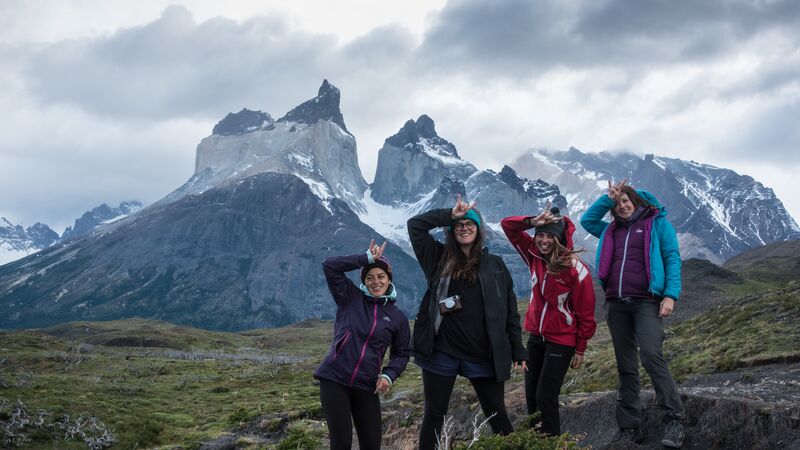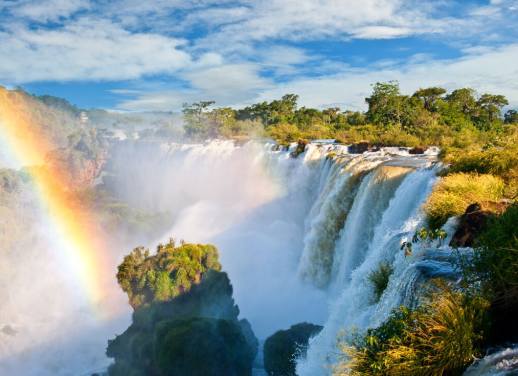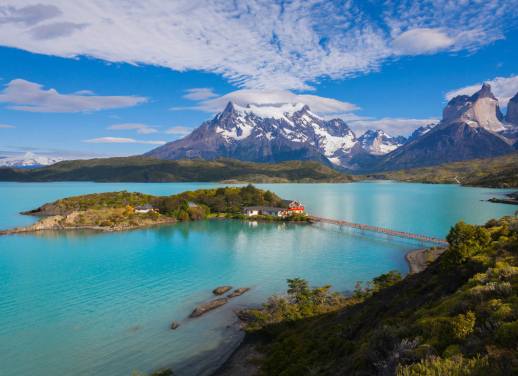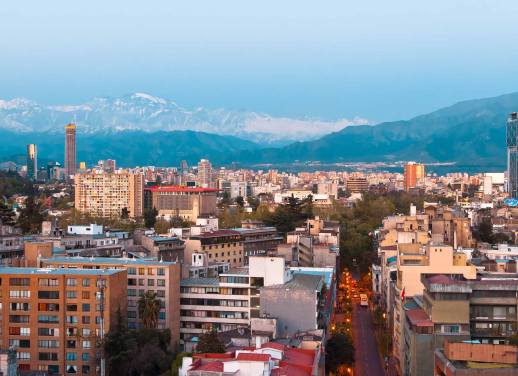With eight hours and 18 kilometres behind you, three colossal granite spires come into view. Sitting above a lake, milky blue from rock flour, their enormity – up to 2,500 metres above sea level – is a wonder in itself. You’ve forgotten the 50 kilometre per hour winds and the two and a half kilometres of continuous ascent. You’ve even forgotten your feet hitting the ground before the sun did.
You’re in Chilean Patagonia on the Base Torres trail, a route so iconic that the campsites and refugios all require advance bookings. But this popularity has also made it one of the most degraded trails to date. In just one day, hundreds of trekkers can pass through all four vegetation zones: from tuft grasses of the Patagonian Steppe, through the resilient Lenga trees of Magellanic subpolar forests. Trudging through these landscapes not only erodes the trails, but also disrupts already-delicate ecosystems. Whether it’s foreign soil stuck to an adventurous traveller’s hiking boot or a protein bar wrapper, tourism brings in countless threats to the region’s natural wonder.
FIND OUT MORE ABOUT INTREPID’S SMALL GROUP ADVENTURES IN PATAGONIA HERE
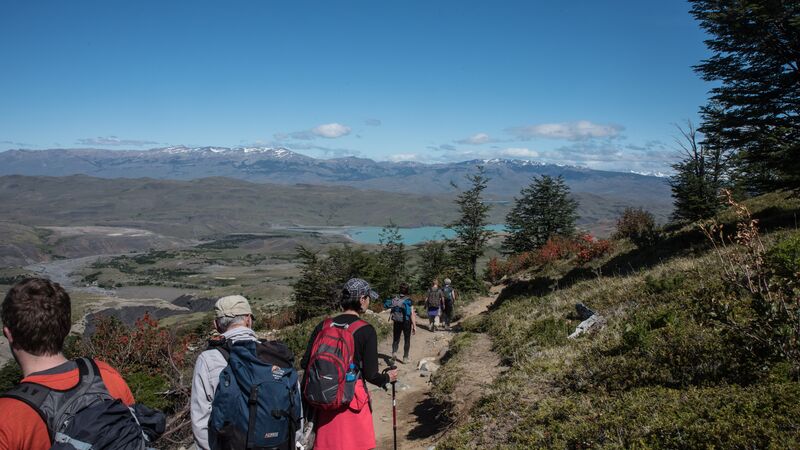
Hikers on the trail.
Even though these areas are part of Chile’s national parks, there’s still a lot of work done by organisations like Torres del Paine Legacy Fund to restore and maintain them. In recent years, they have installed new bridges and boardwalks, maintained existing trails, and constructed new routes along the ‘W’ circuit. Volunteers plod with unwieldy tools to restore these trails – at a cost of just US $2 per metre – so that future generations have the chance to revel in Chile’s landscapes.
For the many local businesses and residents that depend on the park, it’s sustainability is critical. But what about the region’s original peoples and residents? Even with the booming tourism industry in Torres del Paine, the indigenous peoples who first called the Patagonian fjords home remain marginalised and excluded from the local tourism economy.
TREK THE INCREDIBLE TORRES DEL PAINE TRAIL ON THESE SMALL GROUP ADVENTURES
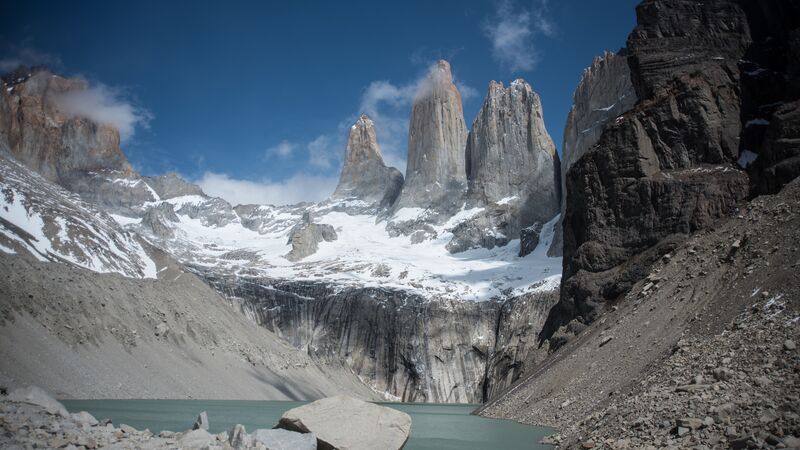
The iconic granite peaks in the Torres del Paine.
The Kawésqar people have inhabited western Patagonia, stretching from the Gulf of Penas down to the Magellan Strait’s southern banks, for at least 60 centuries. Known in their language as wæs, the territory lent itself to nomadic movement and reliance on the sea. Familiarity with the land is so ingrained in Kawésqar culture that every island, fjord, hill, and channel has a name of its own.
Despite being custodians of the Patagonian fjords now called Chile for so many years, the Kawésqar people are severely underrepresented in the local economy. Recent government initiatives, designed to give a significant part of the land to its traditional owners, have created the 2.8 million hectares of Kawésqar National Park. Yet, despite booming tourism, the people who first called it home are yet to reap the benefits.
READ MORE ABOUT THE TORRES DEL PAINE LEGACY FUND HERE
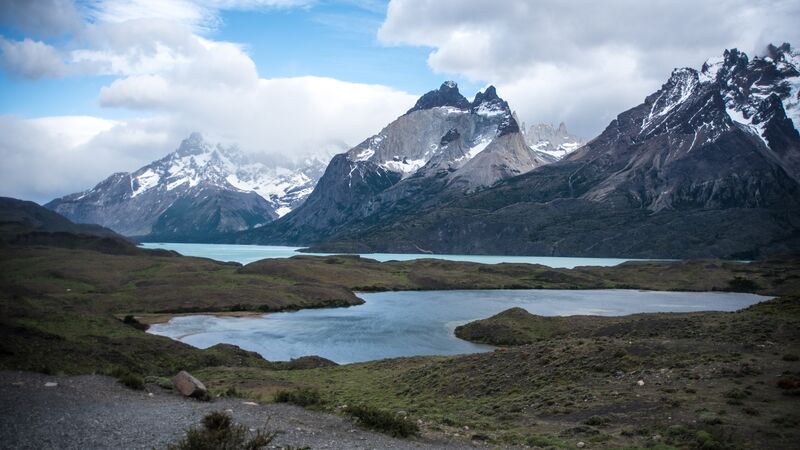
The spectacular Torres del Paine National Park.
RELATED: YOU SHOULD GO TO PATAGONIA IF YOU WANT TO FEEL SMALL
Recognising the Kawésqar connection to Patagonia’s protected areas, the Torres del Paine Legacy Fund is undertaking a project with communities in Punta Arenas and Puerto Natales to share their rich cultural heritage, with visitors and residents alike.
In Puerto Natales, the gateway to Torres del Paine, The Intrepid Foundation is helping to fund the first Kawésqar Community Tourism and Cultural Center. The hub’s creation hopes to show how the traditions and stories of the region’s indigenous peoples are just as incredible as its landscapes. Kawésqar communities are collaboratively designing, building, and managing the project so that they can sustain it and its authenticity for years to come. Plans include offering visitors a place to sample food, purchase art, hire a guide for a historical tour, or take a cultural workshop, each designed with both the Kawésqar people and their land in mind. Around 25 community members will receive training to build their skills and help tell Kawésqar stories to everyone visiting the land that is theirs. The center is due to open in late 2020, and will appear on Intrepid itineraries soon after.
SUBSCRIBE TO INTREPID’S NEWSLETTER FOR TRAVEL TIPS, COMPETITIONS, GIVEAWAYS & MORE
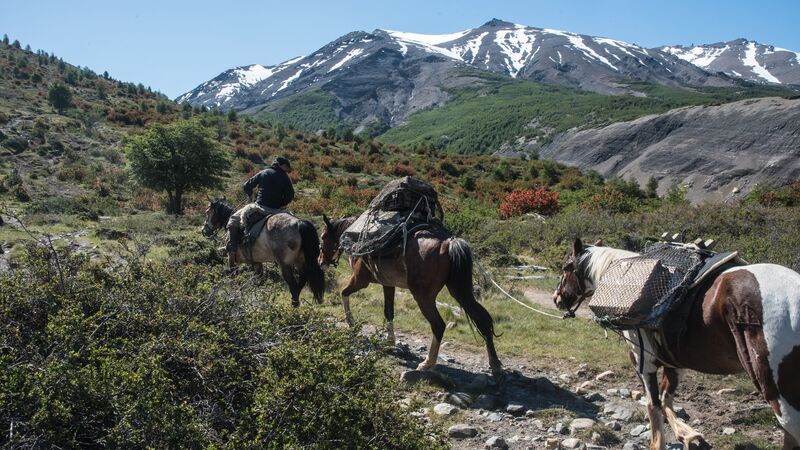
Almost everything threatens the perfection of the region.
There’s plenty of concern and passion for looking after the world-renowned natural assets of Torres del Paine. And it’s well-founded, Emily Green, Director of Torres del Paine Legacy Fund, assures us. “As an organisation dedicated to all components of sustainable tourism – the sociocultural in addition to the environmental – we’re privileged to be working with Kawésqar leaders to ensure the region’s peoples are just as celebrated as its landscapes.”
To find out more about the Torres del Paine Legacy Fund, or to make a contribution, visit the Intrepid Foundation website here.

